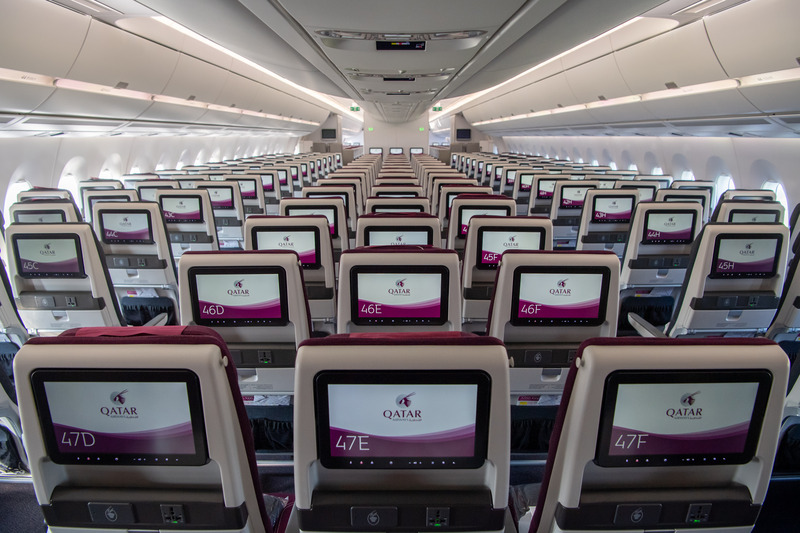
Qatar Airways is preparing for a prominent appearance at the 55th Paris Air Show, which will take place from June 16 to 22, 2025, at the Parc des Expositions de Paris-Le Bourget, the world’s largest aerospace event. The airline will join 2,500 exhibitors from 48 countries, with more than 150 aircraft on display and 3,000 attendees expected, underscoring the global significance of the show.

One of the headline attractions from Qatar Airways is the UEFA Champions League livery Boeing 777, specially dedicated to Paris Saint-Germain’s triumphant return as European champions. This aircraft not only celebrates the airline’s partnership with PSG but also highlights its commitment to sports and global connectivity.
In a major industry milestone, Qatar Executive—the airline’s private jet charter division—will present the Gulfstream G700, marking the first time this ultra-long-haul, fuel-efficient jet is operated in commercial aviation. The G700 is renowned for its exceptionally spacious cabin and advanced technology, reflecting Qatar Airways’ focus on luxury and innovation in private air travel.

Qatar Airways will also unveil the Qsuite Next Gen, the latest version of its award-winning business class product. Show attendees will be able to step inside the reimagined Qsuite and experience a variety of customisation options designed to offer a highly personalised and premium journey.
A highlight of the airline’s digital innovation is Sama, the world’s first AI-powered cabin crew, now enhanced to communicate in French, English, and Arabic. Sama will be available via WhatsApp, providing real-time, multilingual support for flight bookings, destination recommendations, and general passenger inquiries. This expansion is expected to connect with millions of French-speaking travelers and streamline customer interactions across key markets.

Visitors can further immerse themselves in the Qatar Airways experience at the specially designed L’Univers Qatar Airways Pavilion, located in front of Gate 0 near Hall 5. The pavilion features interactive exhibits, the latest Economy Class and Diptyque Business Class amenity kits, bespoke dining ware, and a celebration of PSG’s iconic victories. Guests can unlock exclusive gifts by scanning codes at key touchpoints, deepening their engagement with the airline’s offerings.
Qatar Airways Group Chief Executive Officer, Engr. Badr Mohammed Al-Meer, emphasized the airline’s dedication to innovation and diversity, noting that the Paris Air Show provides a unique opportunity to connect with the global aviation community and showcase products that define the Qatar Airways passenger experience.

The airline’s presence at the Paris Air Show comes on the heels of a record-breaking financial year, with Qatar Airways Group reporting its strongest profits to date—QAR 7.85 billion (US$2.15 billion) for the 2024/25 fiscal year, reflecting its robust growth and leadership in the aviation sector.
With several new offerings yet to be revealed, Qatar Airways’ participation at the Paris Air Show is expected to set new benchmarks in passenger experience, digital innovation, and luxury travel, reinforcing its position as a global aviation leader

.jpg)
.jpg)
.jpg)

.jpg)
.jpg)
.jpg)
.jpg)
.jpg)

.jpg)

.jpg)

 (1).jpg)
.jpg)
.jpg)
.jpg)
.jpg)
.jpg)
.png)
.jpg)
.jpg)

.jpg)
.jpg)
 (1).jpg)
.jpg)

.jpg)

.jpg)
.jpg)
.png)
.jpg)
.jpg)

 (1).jpg)


.jpg)
.jpg)
.jpg)
.jpg)
.jpg)

.jpg)
.jpg)

.jpg)
.jpg)
.jpg)
